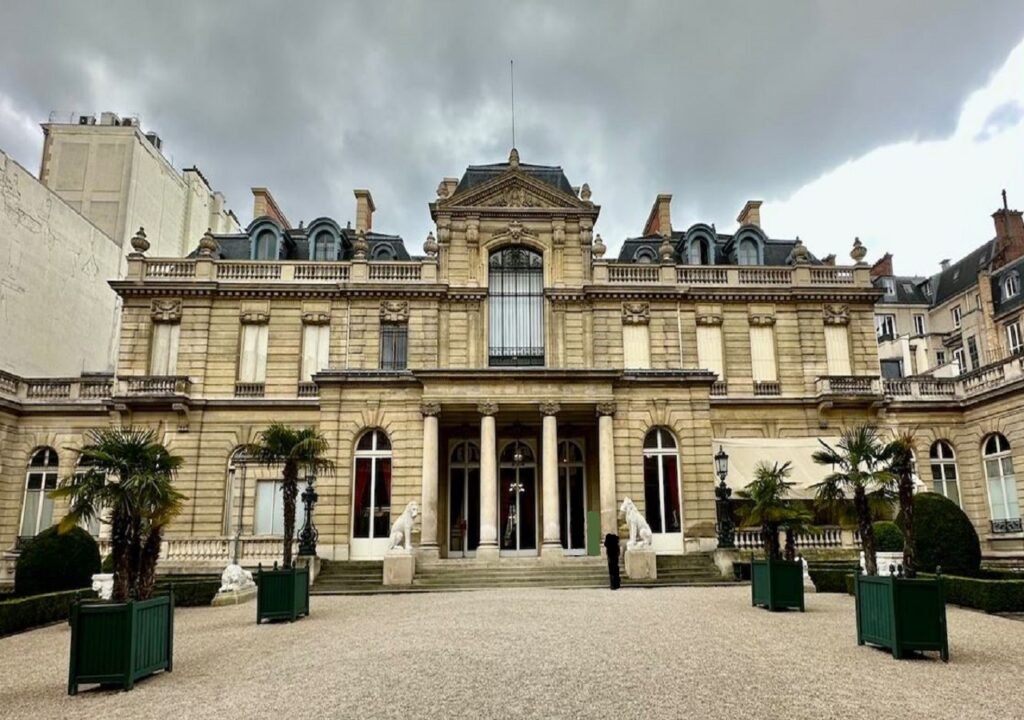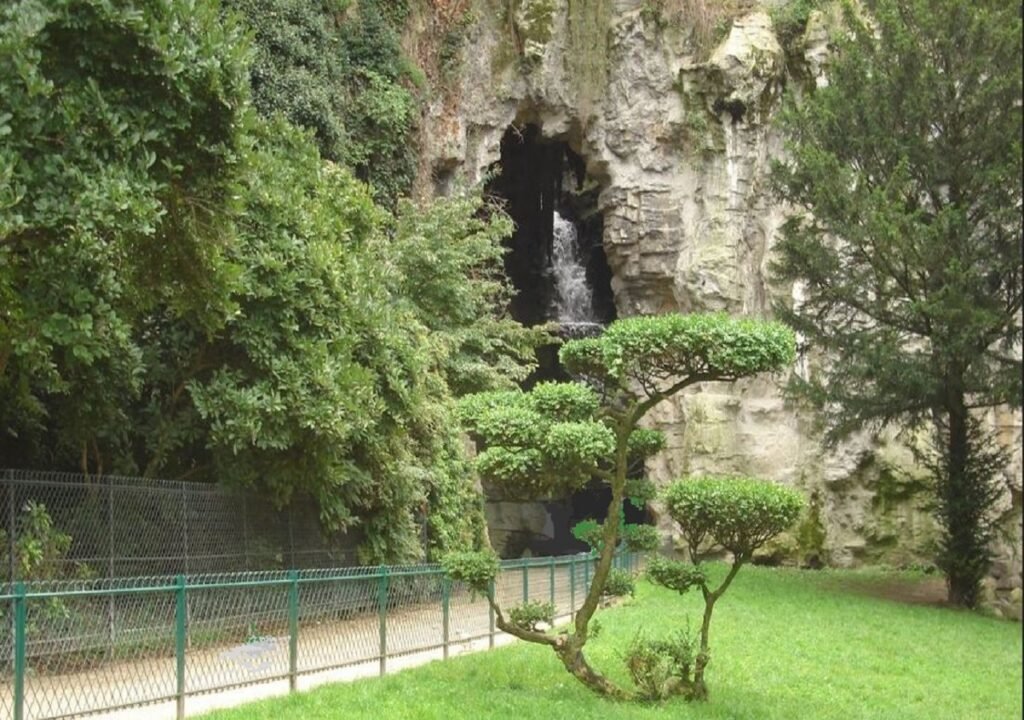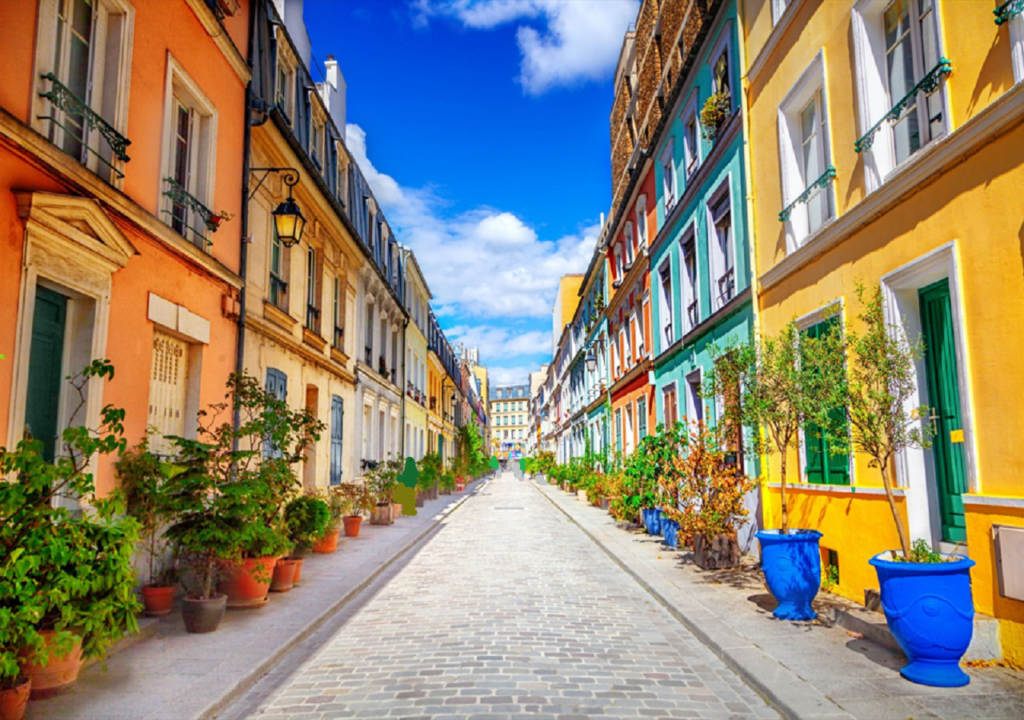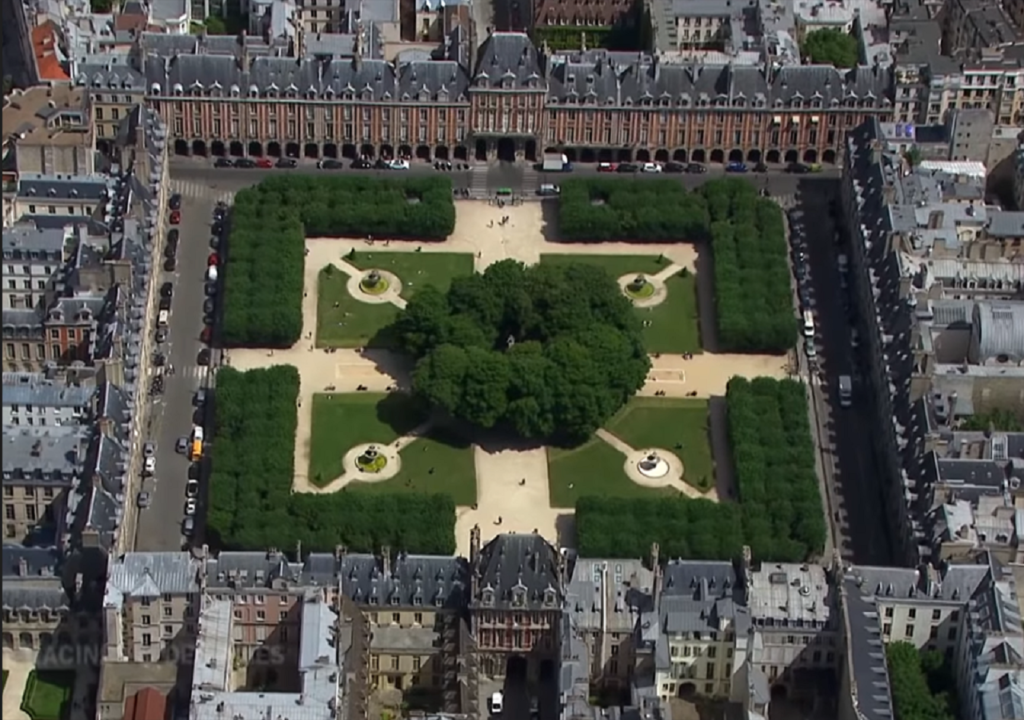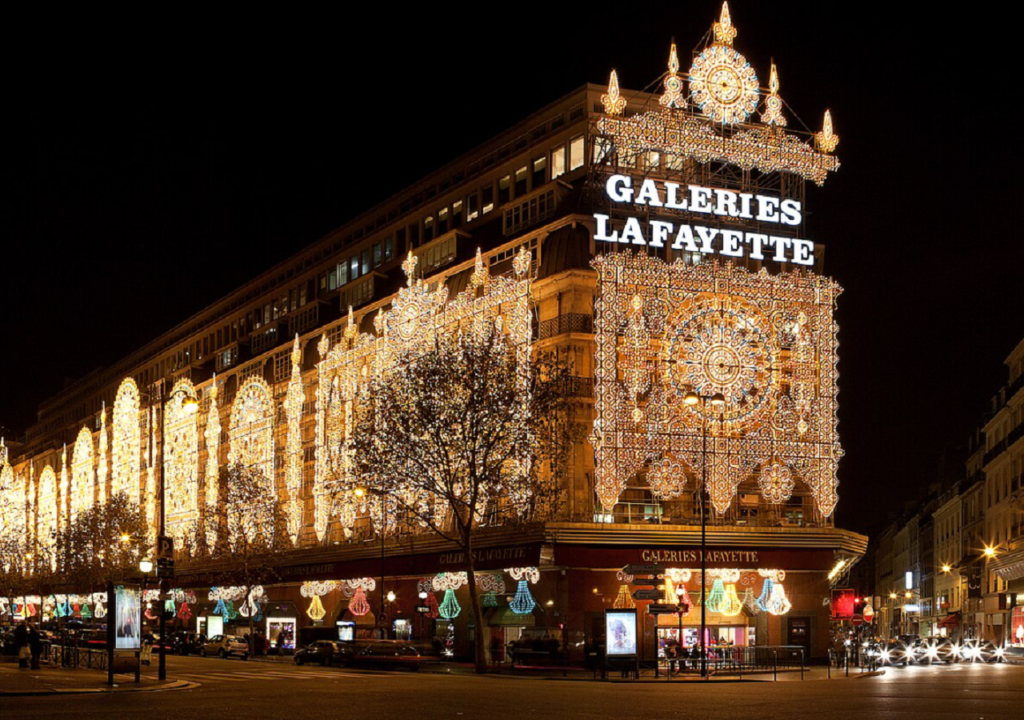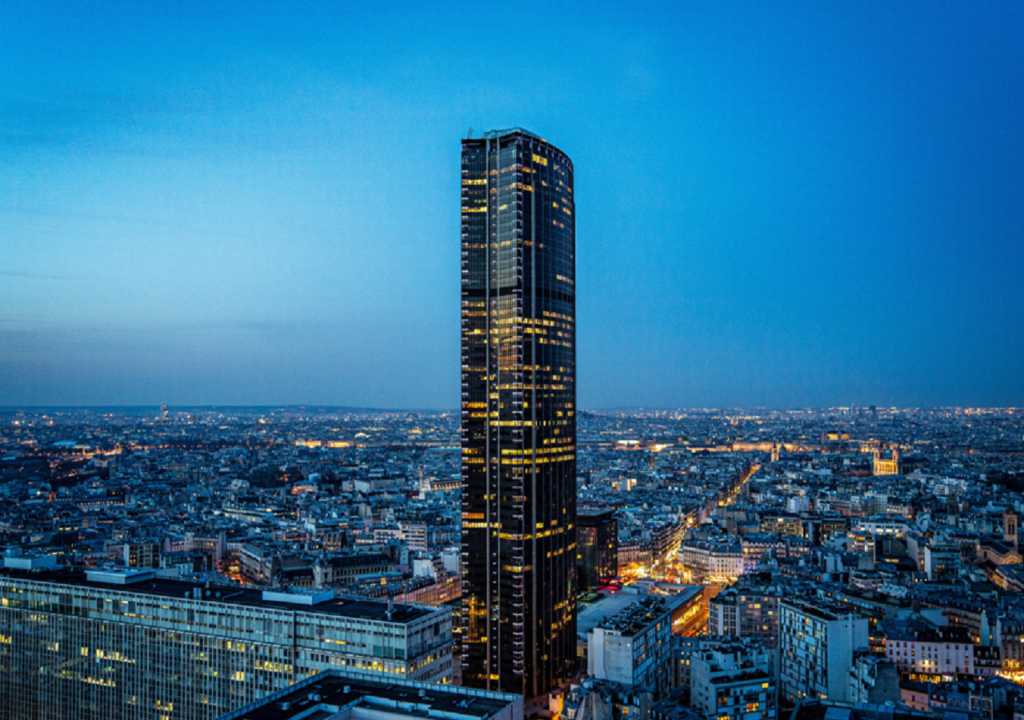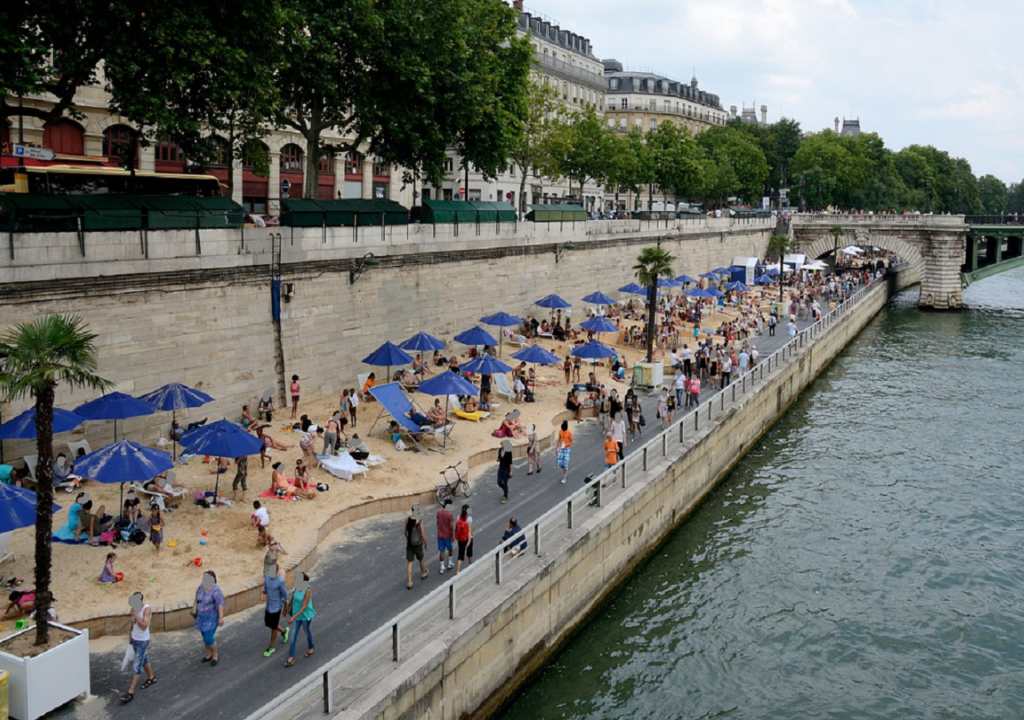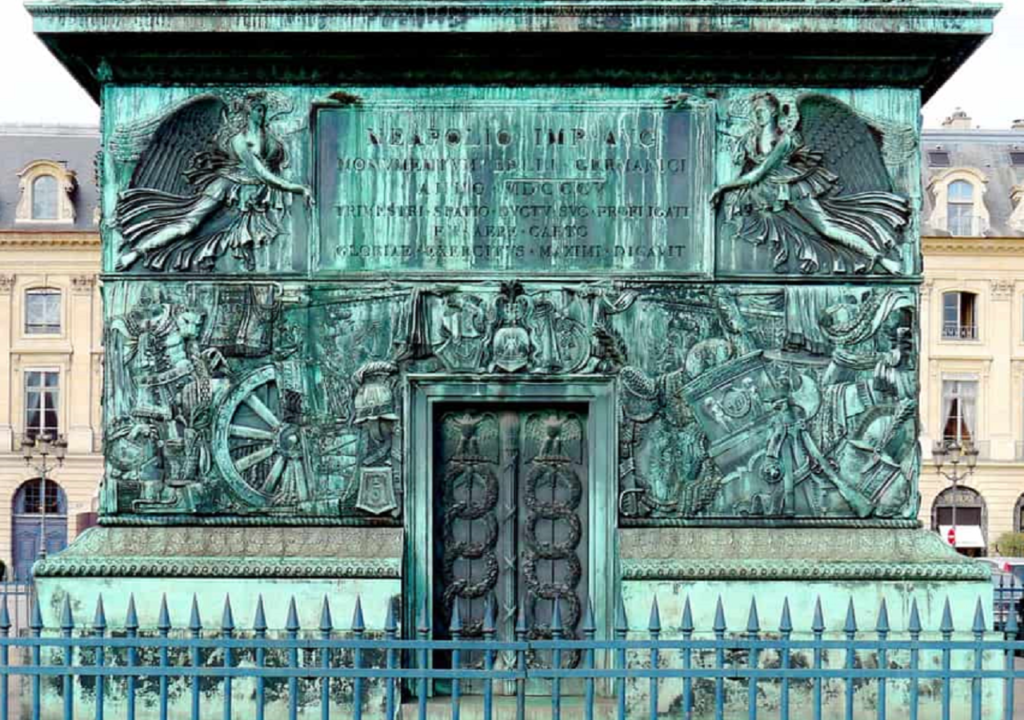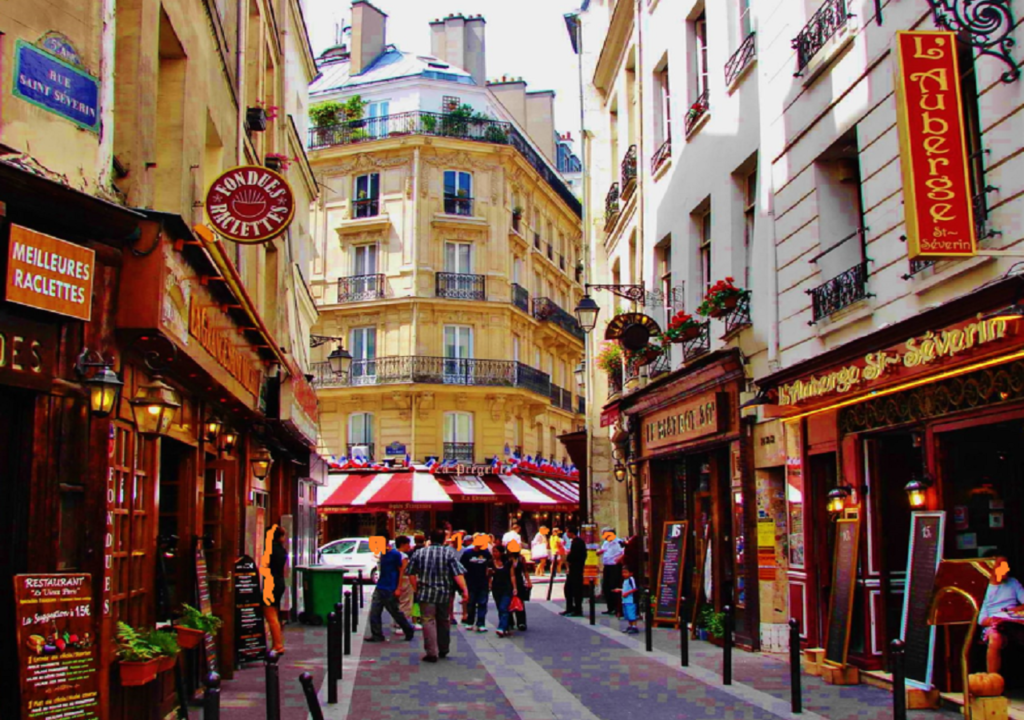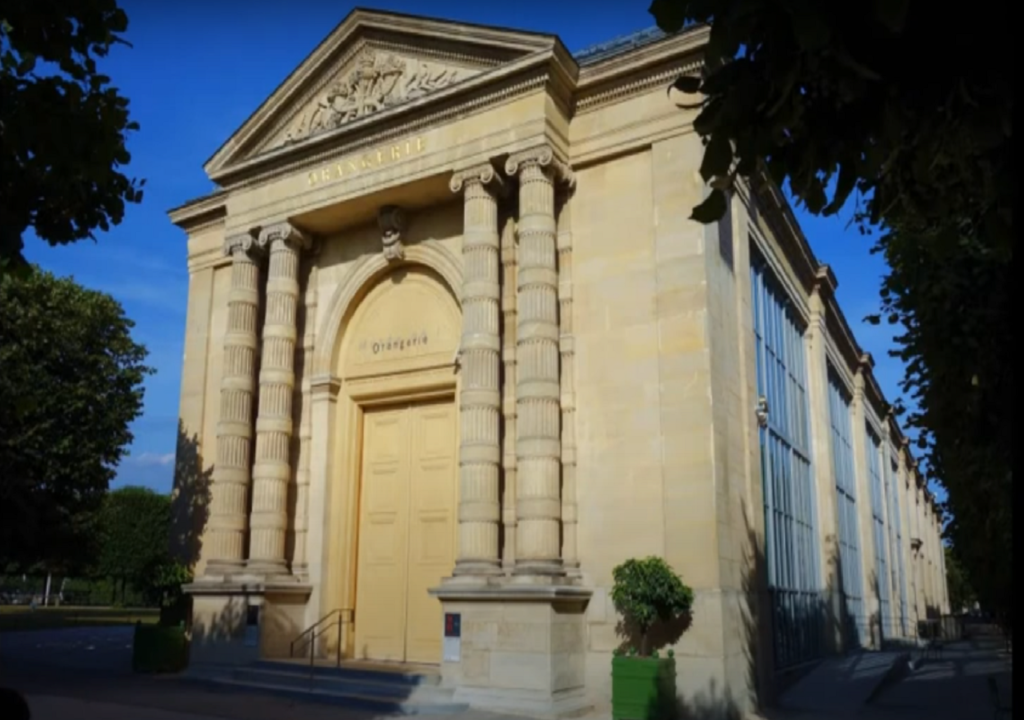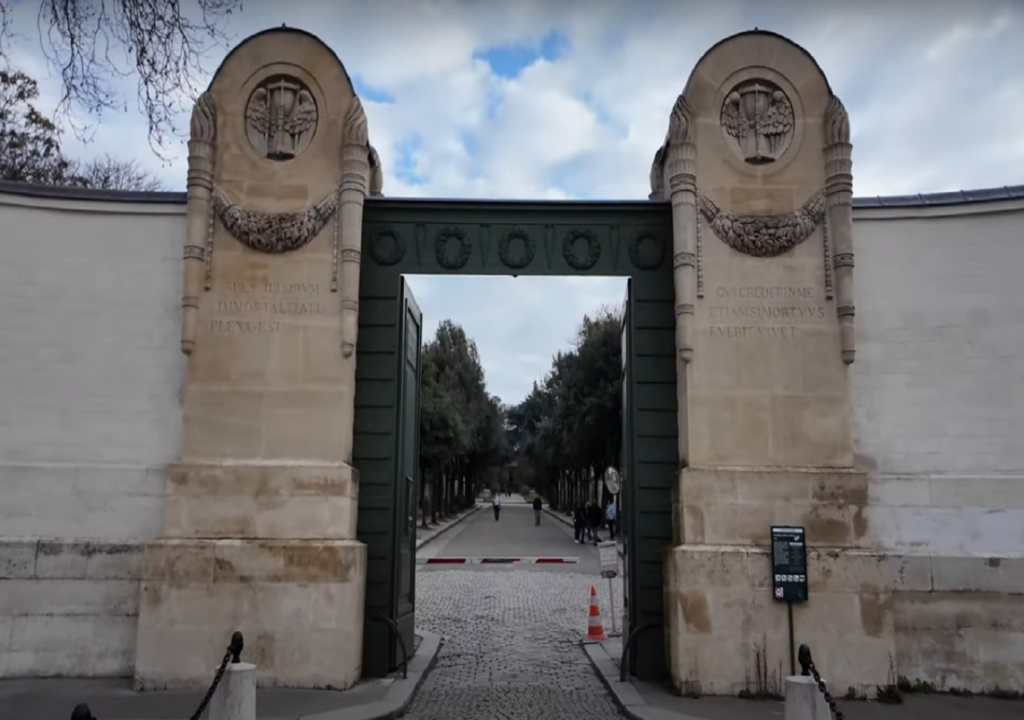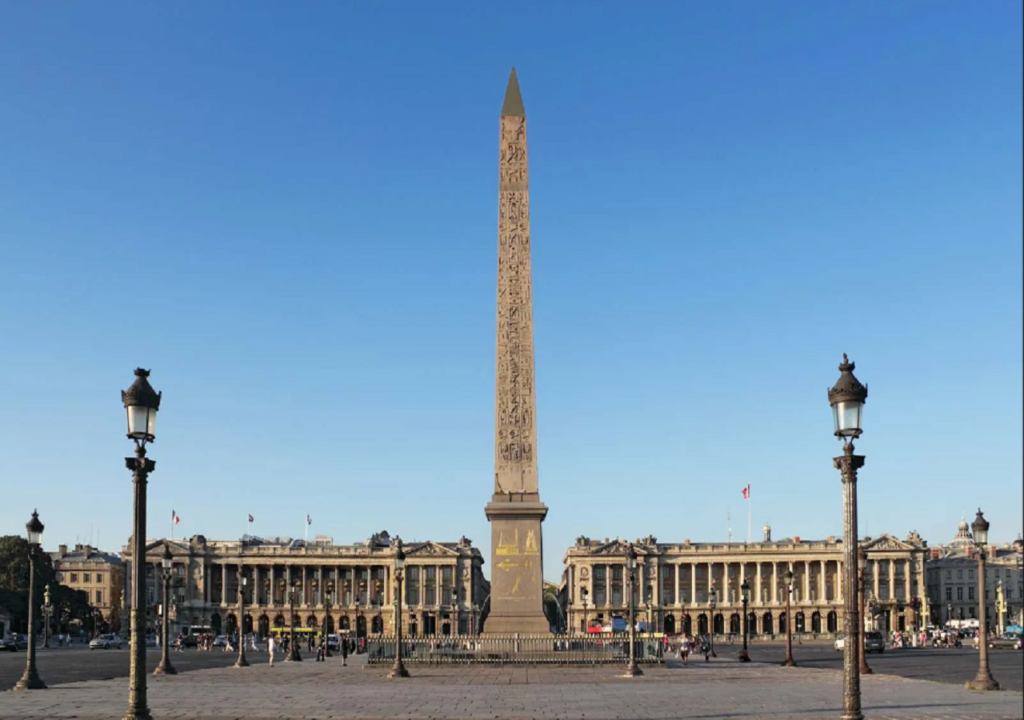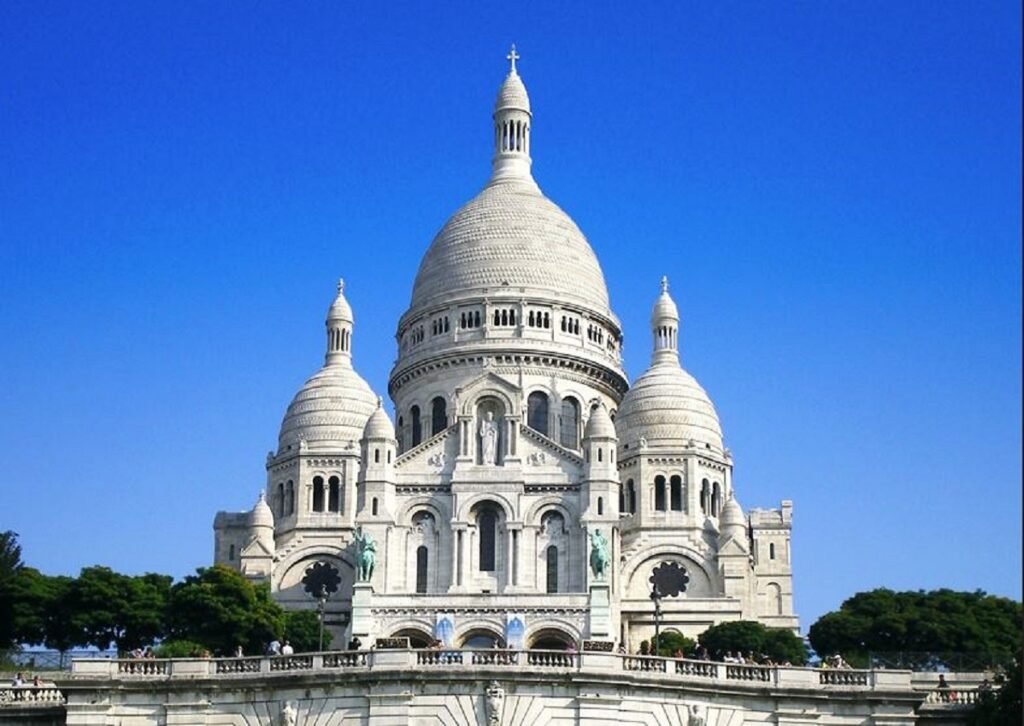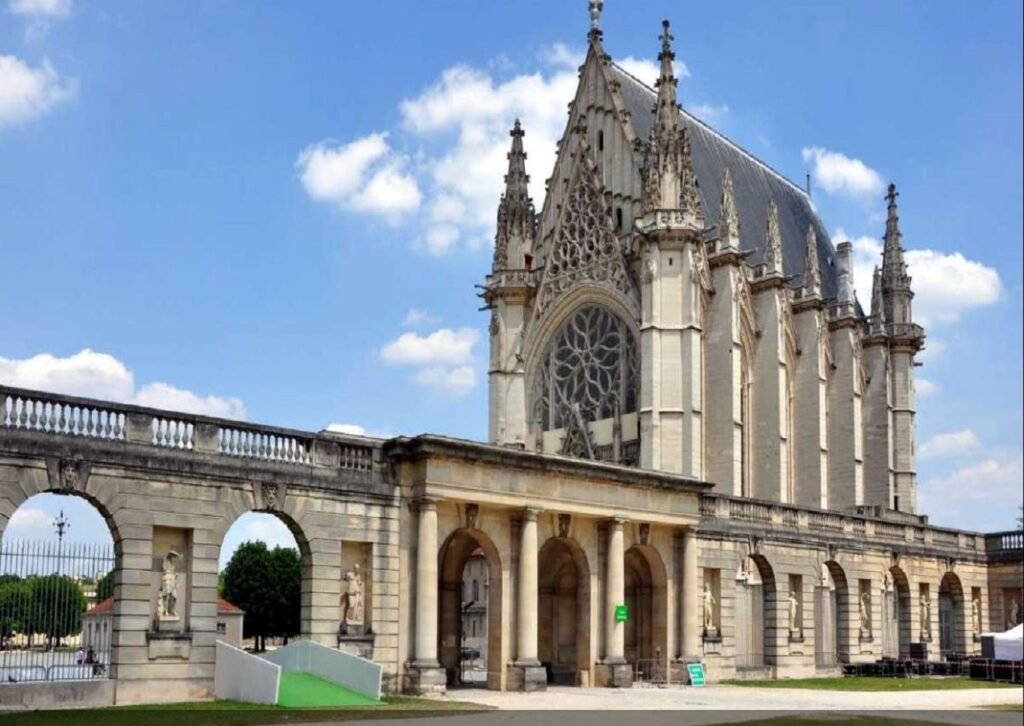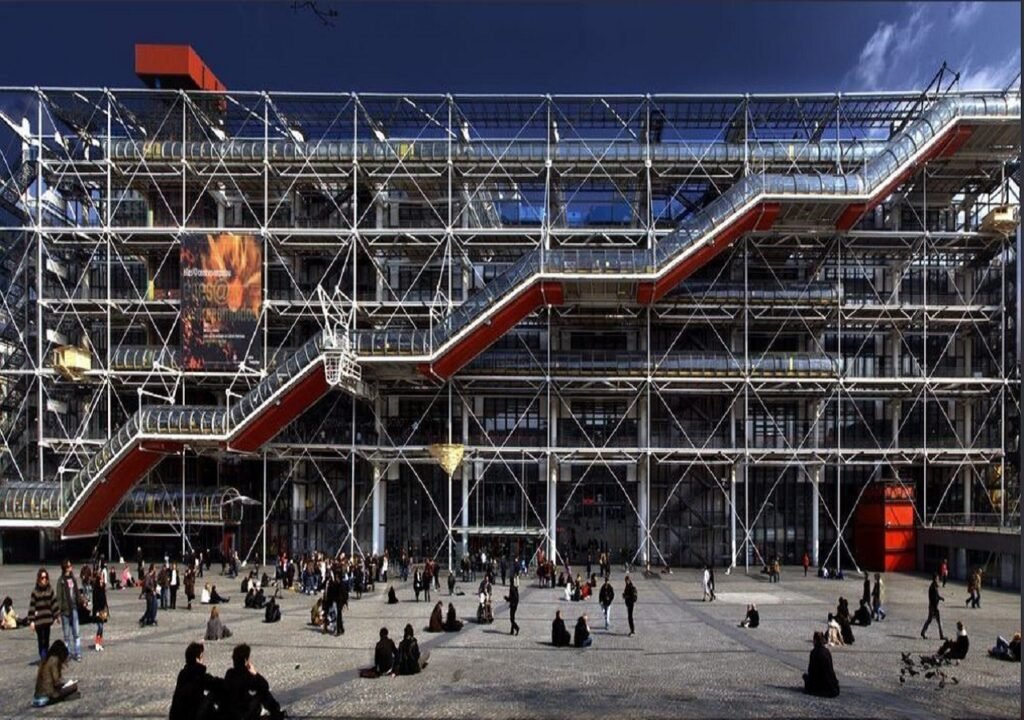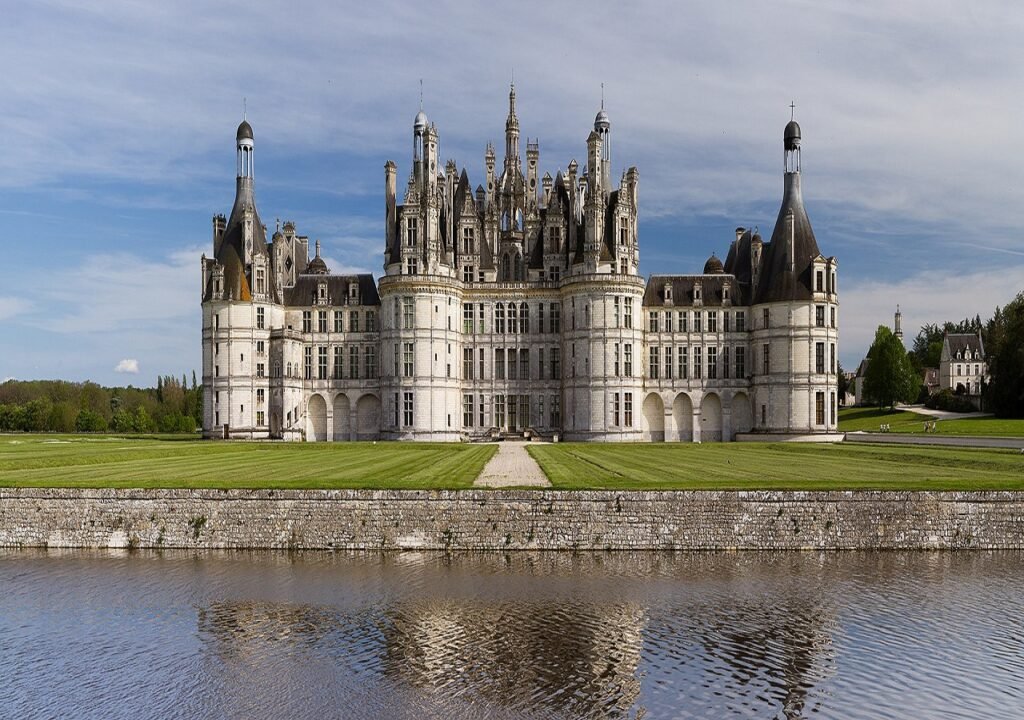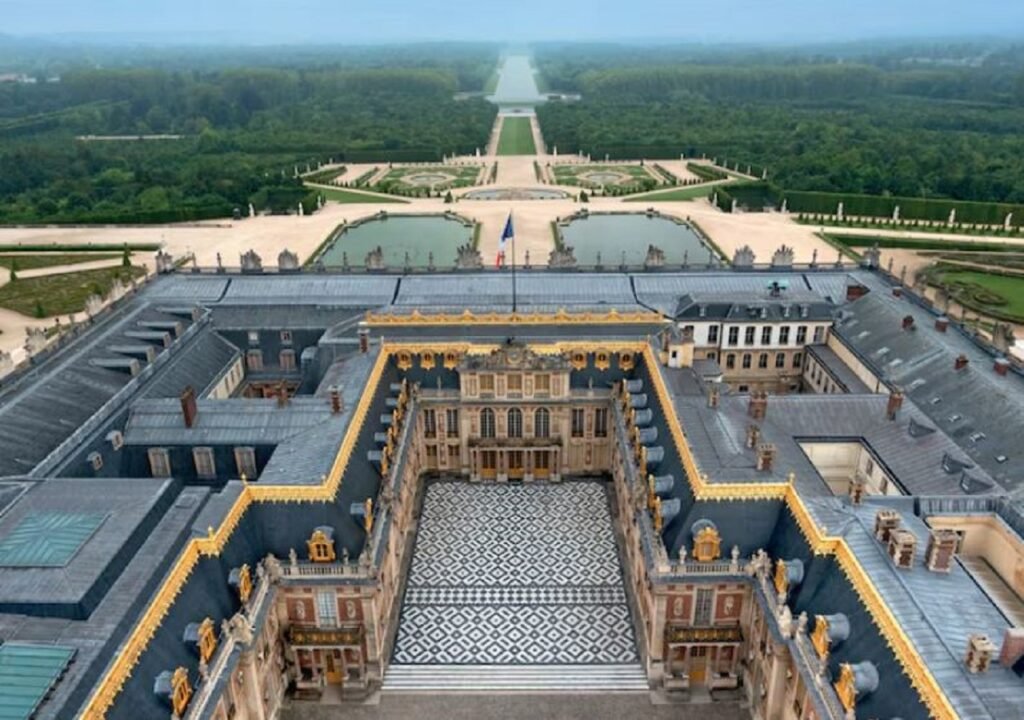Musee de l'Orangerie
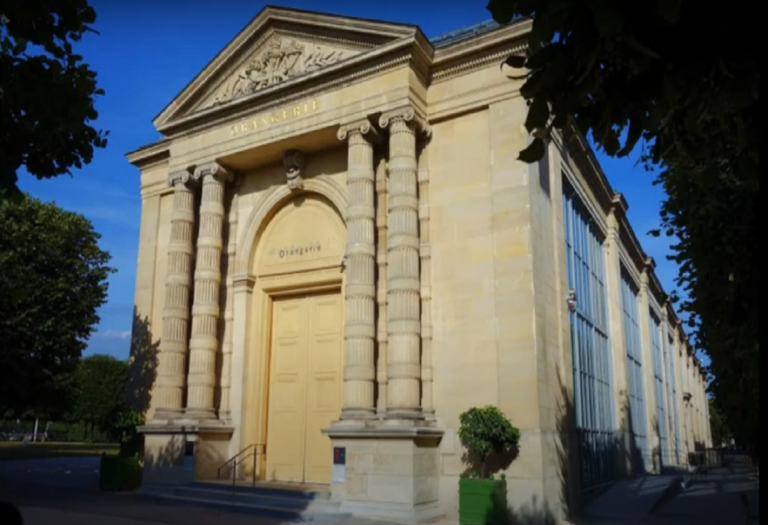
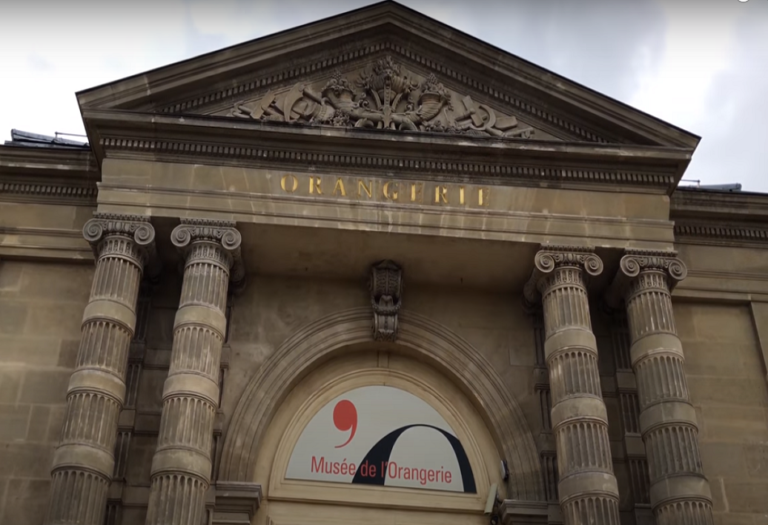
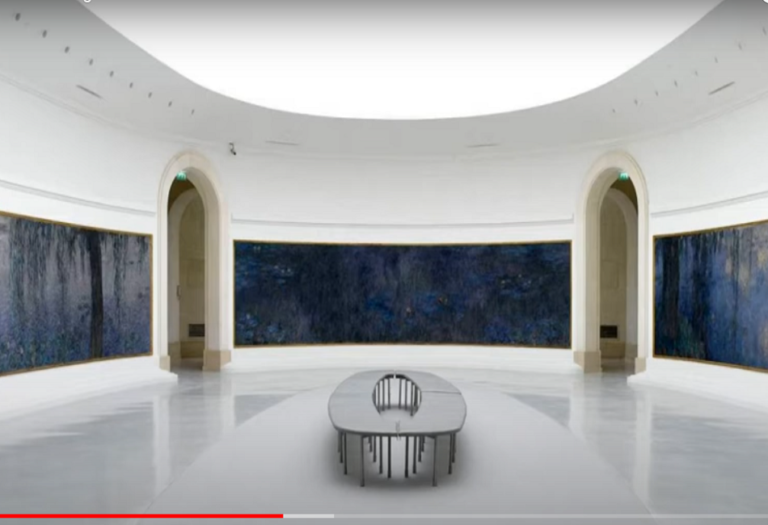
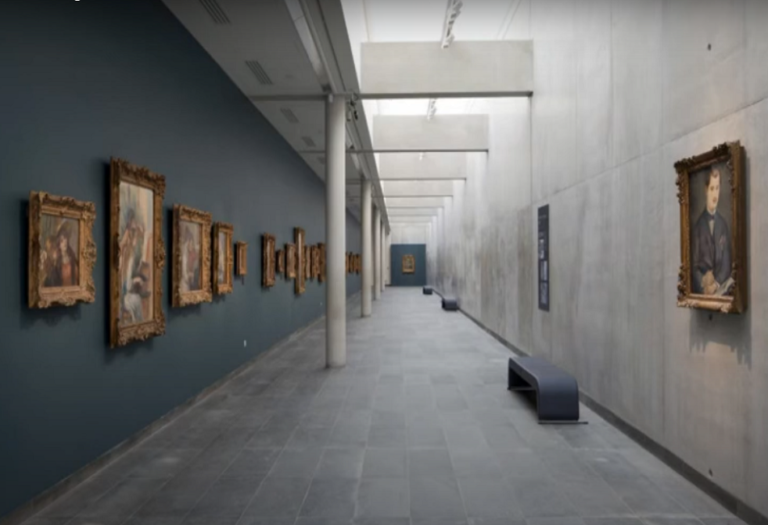
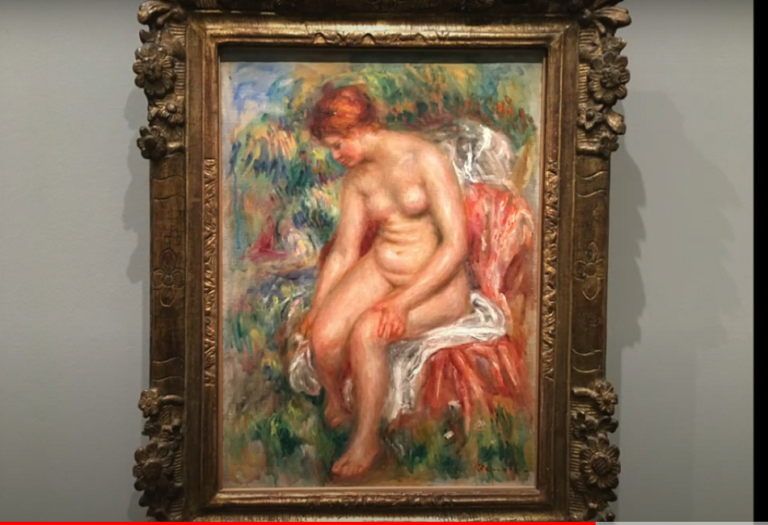
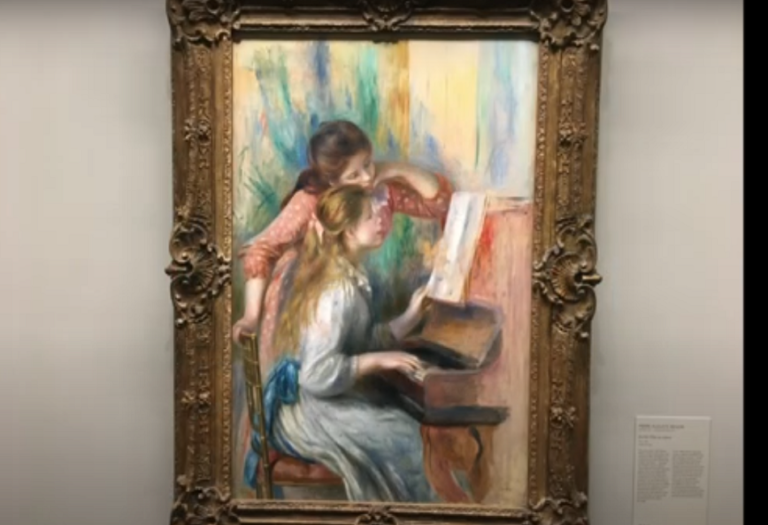
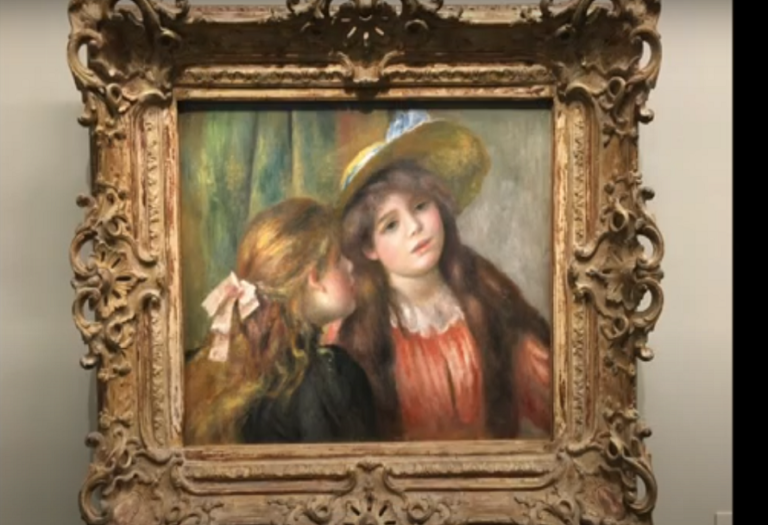
Musee de l’Orangerie: A Serene Oasis of Art in Paris
In the heart of Paris, nestled within the graceful expanse of the Tuileries Gardens, lies one of the city’s most enchanting cultural havens—the Musee de l’Orangerie. Known for its tranquil charm and its extraordinary collection of Impressionist and Post-Impressionist masterpieces, this museum offers visitors an immersive journey into the heart of French art. Among its celebrated treasures is Claude Monet’s Water Lilies, a series so profound that it has become synonymous with the museum itself. But the Orangerie is far more than just a repository of famous works; it’s a place where the dialogue between art, history, and nature takes on a uniquely serene tone.
This comprehensive guide will take you through the rich history, remarkable collections, and essential tips for visiting one of Paris’ most beloved cultural gems.

The Rich History of Musee de l’Orangerie
From Greenhouse to Gallery: The Transformation of the Orangerie
The origins of the Musee de l’Orangerie date back to 1852, when it was initially constructed as a greenhouse for orange trees. Commissioned during the reign of Emperor Napoleon III, the building was part of the grand design for the Tuileries Gardens, an extension of the imperial ambition to beautify and enhance Paris. With its expansive arched windows designed to let in abundant sunlight, the structure served its purpose as a conservatory for citrus trees. However, the building’s fate would take an unexpected turn, evolving from a botanical haven into one of Paris’ premier art galleries.
The Orangerie’s transition into a museum began in the early 20th century, and it wasn’t long before the iconic artist Claude Monet would play a central role in this transformation. In the 1920s, Monet’s monumental Water Lilies series was installed here, setting the stage for a profound shift in how art was presented. The Orangerie became not just a museum but a sanctuary for the visionary works of the late Impressionist master.
Monet’s Immersive Vision
Monet’s vision for the Water Lilies was something entirely innovative. More than a collection of paintings, he saw the series as a total artistic experience, one that enveloped the viewer in a sense of tranquility. He insisted on having two large, oval-shaped rooms specifically designed for the display of the series. These rooms, bathed in natural light, were intended to evoke a seamless connection between the viewer and the artwork, blurring the boundaries between the two. This immersive approach was groundbreaking at the time and has cemented the Musee de l’Orangerie’s place in art history.
Following a major renovation in the early 21st century, the museum was reopened in 2006, now with expanded galleries and state-of-the-art facilities, ensuring that this masterpiece could continue to be appreciated by future generations.
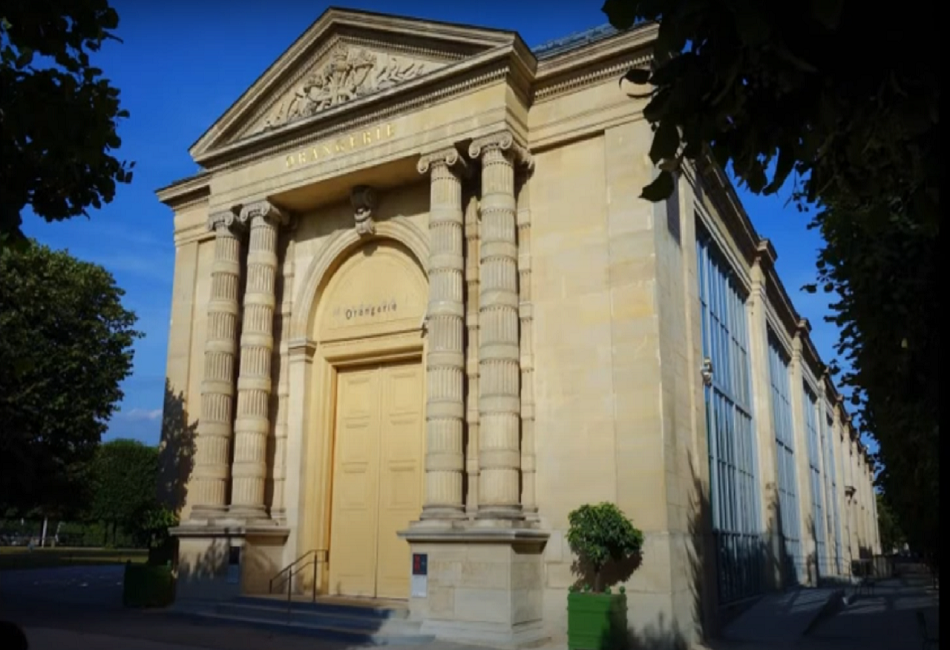
The Iconic Collections of the Musee de l’Orangerie
Claude Monet’s Water Lilies: A Masterpiece of Tranquility
No visit to the Musee de l’Orangerie is complete without experiencing Monet’s extraordinary Water Lilies. These works, displayed in the museum’s two oval rooms, are more than just paintings—they are invitations to lose oneself in a dreamlike landscape. Spanning nearly 200 square meters, the canvases capture the subtle beauty of Monet’s garden at Giverny, with its reflections of water, changing light, and vibrant flora.
Monet’s work represents a profound shift in the history of art, moving away from the clear lines and defined structures of the past in favor of capturing fleeting moments of light and color. As you walk around these magnificent works, you’ll find yourself immersed in an ever-shifting symphony of color and texture. The Water Lilies evoke feelings of peace, a contemplative journey that invites the viewer to pause and reflect.
The Walter-Guillaume Collection: A Rich Tapestry of Impressionism and Beyond
While Monet’s Water Lilies may be the star attraction, the museum offers so much more. One of its most prized holdings is the Walter-Guillaume Collection, a comprehensive and diverse ensemble of works from some of the greatest artists in the history of Impressionism and Post-Impressionism.
This collection was donated by the art dealer Paul Guillaume and his widow, Domenica, in the early 20th century. It includes masterpieces from the likes of:
- Paul Cezanne, whose bold still lifes and landscapes helped bridge the gap between Impressionism and Cubism.
- Pierre-Auguste Renoir, whose tender depictions of human life radiate warmth and vibrancy.
- Henri Matisse, whose colorful and dynamic works are filled with expressive energy.
- Amedeo Modigliani, whose elongated portraits combine melancholy with elegance, showcasing his unique vision.
These iconic works not only enrich the museum’s collection but provide a broader understanding of the movement that changed the trajectory of Western art.
Contemporary Exhibitions: Bridging the Past and Present
The Musee de l’Orangerie doesn’t just celebrate the past; it also embraces the future. The museum regularly hosts temporary exhibitions, offering fresh perspectives on the legacy of the Impressionist movement or showcasing modern and contemporary art. These exhibitions provide an opportunity to explore the evolution of art and highlight connections between the past and the present. For art lovers, this is an ever-changing, dynamic environment that offers something new on every visit.
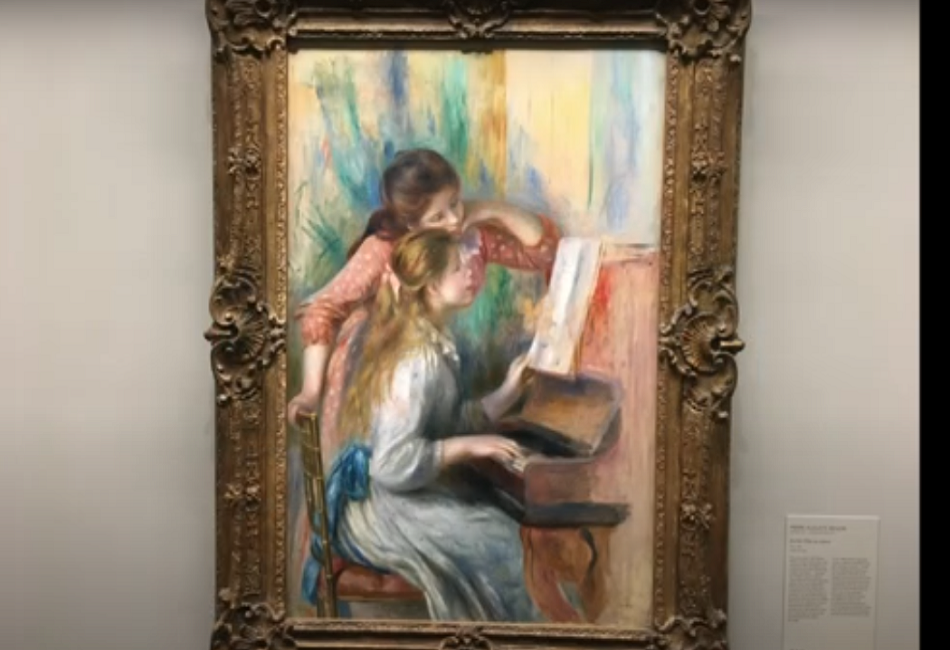
The Architecture and Atmosphere of the Musee de l’Orangerie
Architecture That Amplifies Art
The architecture of the Musee de l’Orangerie plays a pivotal role in shaping the visitor’s experience. Its airy design, characterized by large windows and clean lines, allows natural light to flood the galleries. The interplay between light and art enhances the overall experience, providing a soothing environment where the art seems to come alive. This is particularly evident in the two rooms devoted to Monet’s Water Lilies, where the light shifts throughout the day, creating a constantly changing ambiance that mirrors the artwork’s intention.
An Intimate, Tranquil Setting
Unlike the bustling crowds of the Louvre or Musee d’Orsay, the Musee de l’Orangerie offers a more intimate setting. Its relatively small size allows visitors to move at a leisurely pace, encouraging deep reflection and a personal connection with the art. The quietude of the museum, along with its thoughtfully designed layout, invites visitors to explore and absorb the art without the distractions of larger, more crowded institutions.
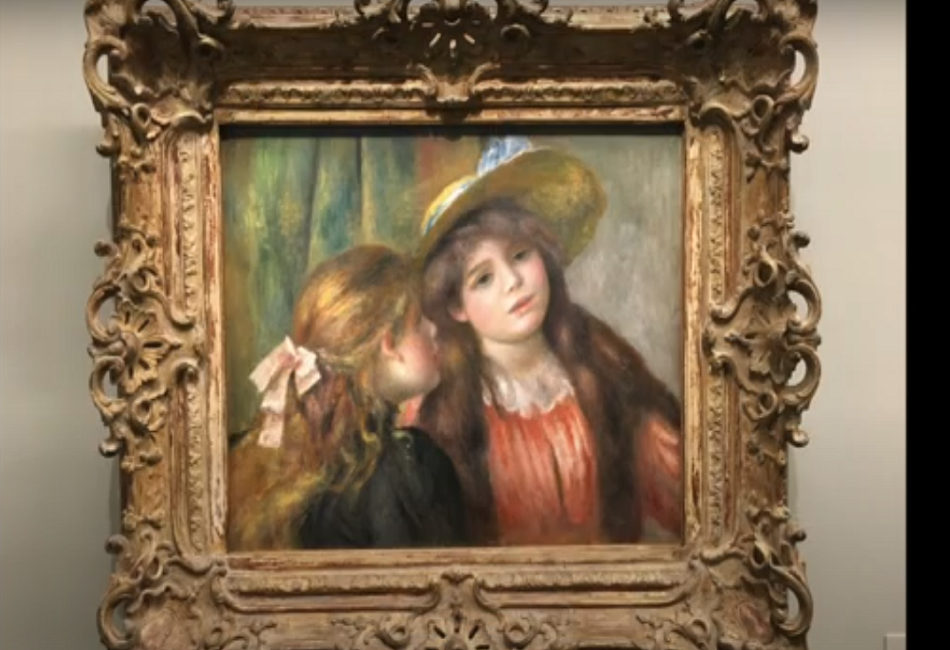
Practical Tips for Visiting the Musee de l’Orangerie
Getting There
The Musee de l’Orangerie is centrally located at Jardin des Tuileries, Place de la Concorde, 75001 Paris, making it easy to access by various modes of transportation:
- Metro: The closest metro station is Concorde (Lines 1, 8, and 12).
- Bus: Several bus lines, including 24, 42, 72, 73, 84, and 94, stop near the museum.
- Walking: Located in the heart of the Tuileries Gardens, the museum is within walking distance of major Parisian landmarks, including the Louvre and Place Vendome.
Museum Hours and Admission
- Opening Hours: The museum is open daily, except for Tuesdays, from 9:00 AM to 6:00 PM.
- Ticket Prices: General admission is around €12, with discounts for students, seniors, and children. Additionally, free entry is offered on the first Sunday of each month.
How to Make the Most of Your Visit
- Book Tickets in Advance: To avoid long lines, especially during peak tourist seasons, booking tickets online is highly recommended.
- Arrive Early or Late: For a more peaceful experience, visit early in the morning or late in the afternoon when the museum is quieter.
Combine with Nearby Attractions: Pair your visit to the Musee de l’Orangerie with a leisurely walk through the Tuileries Gardens, or venture across the Seine to visit the Musee d’Orsay for a more comprehensive art-filled day.

Nearby Attractions to Enhance Your Visit
Tuileries Gardens
The Tuileries Gardens, where the museum is located, is a picturesque setting for a relaxed walk. Designed by the renowned landscape architect Andre Le Netre, these gardens feature manicured lawns, beautiful fountains, and a variety of sculptures that add to the area’s serene beauty.
Place de la Concorde
Just steps away from the museum, Place de la Concorde is one of Paris’ most historic squares. It offers spectacular views of landmarks such as the Champs-Elysees, the Eiffel Tower, and the Obelisk of Luxor at its center.
Musee d’Orsay
A short walk across the Seine will bring you to the Musee d’Orsay, another of Paris’ must-visit museums. This museum is home to an unparalleled collection of Impressionist and Post-Impressionist art. Together with the Musee de l’Orangerie, it provides a comprehensive look at the development of modern art.
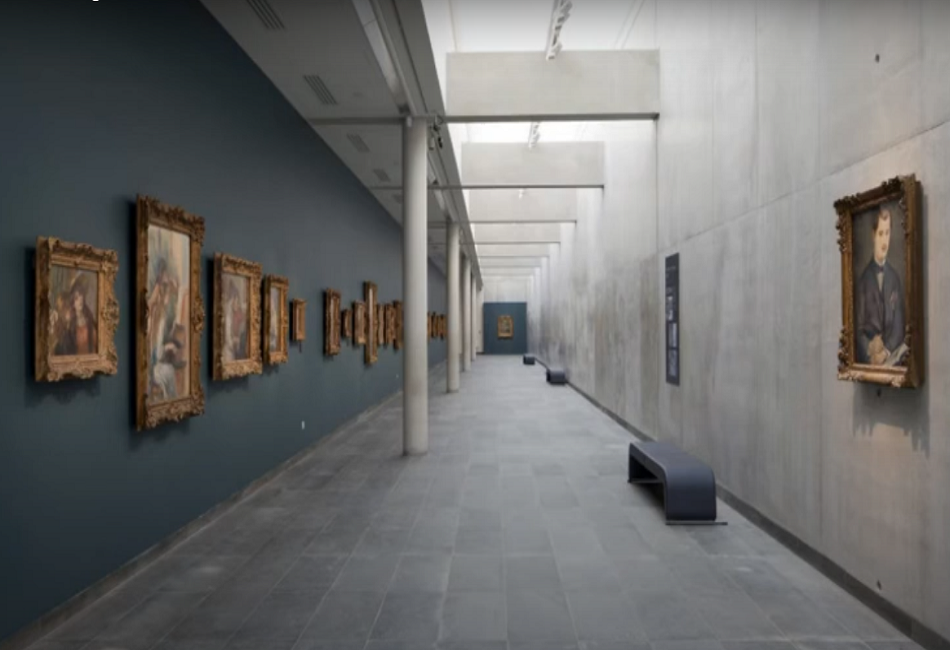
Conclusion: A Timeless Haven of Art and Tranquility
The Musee de l’Orangerie is more than just a museum. It is a sanctuary where time slows down, where the beauty of nature and art converge in peaceful harmony. Whether you are drawn to Monet’s ethereal Water Lilies, captivated by the works of Post-Impressionist masters, or simply in search of a quiet escape in the heart of Paris, this museum offers something for everyone.
For those eager to immerse themselves in the history of modern art, Musee de l’Orangerie is a must-visit destination—one that promises to leave a lasting impression.


